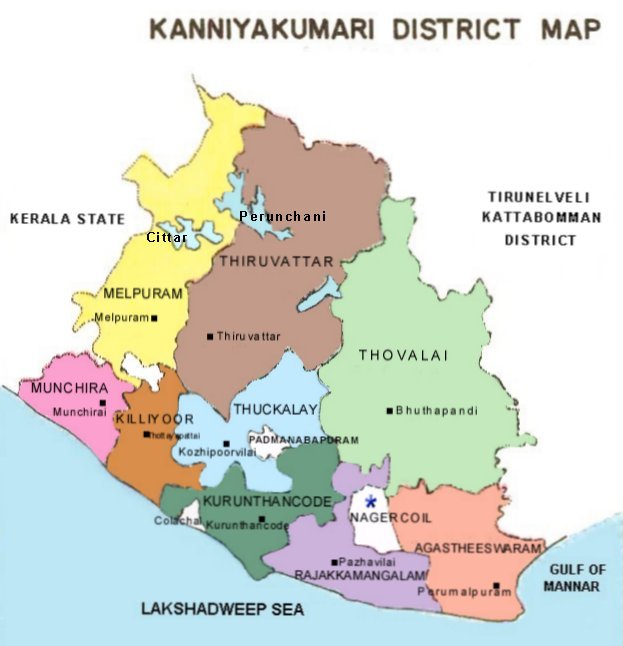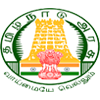
About District:
In Kanniyakumari District, major minerals like Garnet, Ilmenite, Rutile, Zirconand Monazite are available in the coastal areas. Apart from major minerals, the minor minerals like Rough Stone, Brick Earth and Gravel are noticed. The District Collector has vested with powers for the grant of licence for minor minerals like Rough Stone, Brick Earth and Gravel in patta lands as per Rule 19 of TNMMCR 1959. The minor minerals noticed in poromboke lands are leased out through Tender Cum Auction system. With regard to major minerals, in patta lands powers vested with Commissioner of Geology and Mining for the grant of mining leases. In poromboke lands power is vested with the Government.
Company Statistics Analysis
Great Achievement For Insurance
8563 +
Saticfied Custimer
2630 +
Experience Members
100 %
Satisfaction Rate
25 +
Years Experience
963 +
Awards Winning
Popular Clients
We’ve 1520+ Global Premium Clients



In Kanniyakumari district most of the Rough stone quarries are found in foot hill of hillock. The patta land quarries are the quarries which are mined out in patta land and owner of the mines would be the pattadhar himself. These are the private quarries, although these quarries are private but permission for quarrying of rocks is given by District Collector, poromboke quarries are known as the Government quarries
Kanniyakumari district is enriched with Beach Sand Heavy Minerals like
Garnet, Ilmenite, Rutile, Zircon and Monazite. These beach minerals are occurred in the south east coast and south west coast of the district. In east coast majorly Garnet
and Ilmenite deposits are observed. The colour of Ilmenite is black and garnet is dark red and its concentration is found continuously along the beach between Alagappapuram to Kanniyakumari for an strip of about 4 km. In Midalam to Keezhmidalam, the concentration of Ilmenite bearing sand occur as detached patches along the coast, but due to grass and bushes it is not visible clearly.
GENERAL PROFILE OF THE DISTRICT
Kanniyakumari district is the smallest district in Tamil Nadu. Even though it is
the smallest in terms of area (1672/Sq.Km), the density of population is the highest
1119/Sq.Km in Tamil Nadu next to Chennai. In literacy it stands first. By its very
location, the District occupies a unique place amongst the districts of Tamil Nadu. It is
the only place in the entire world where one can witness both the rising and setting of
the sun. It has a coastal line of 71.5 kms stretched on the three sides. This small district
is famous on its vast green stretches of paddy fields, coconut groves, Rubber garden and
luxurious forests and the rare earth of the Western Sea Shore and stretched valley
mountain of the Western Ghats. Kanniyakumari District is named after the goddess
‘KANNIYAKUMARI’. The District lies at the southernmost tip of the Indian peninsula,
where Indian Ocean, Arabian Sea and Bay of Bengal confluence. The District is bound by
Tirunelveli District on the North and the East. The South Eastern boundary is the Gulf of
Mannar. On the South and the South West, the boundaries are the Indian Ocean and the
Arabian Sea. On the West and North West it is bound by Kerala.
The district is bifurcated into two Revenue Divisions Padmanabhapuram and
Nagercoil having the headquarters at Thuckalai and Nagercoil respectively. There are
six Taluks, viz Vilavancode, Kalkulam, Agasteeswaram, Thovalai. Thiruvattar and
Killiyoor. This district owns four Municipalities i.e. Nagercoil, Padmanabhapuram,
Colachel and Kuzhithurai and nine Rural Development Blocks. Six blocks Melpuram,
Munchirai, Killiyoor, Thiruvattar, Thuckalai and Kurunthencode forms a part of
Padmanabhapuram Development Division and the remaining three Agastheeswaram,
Rajakkamangalam and Thovalai come under Nagercoil Development Division. There are
55 Town Panchayats in this district whereas there are only 529 Town Panchayats
throughout the State. The District comprises in six Assembly segments and one
Parliament Constituency.












